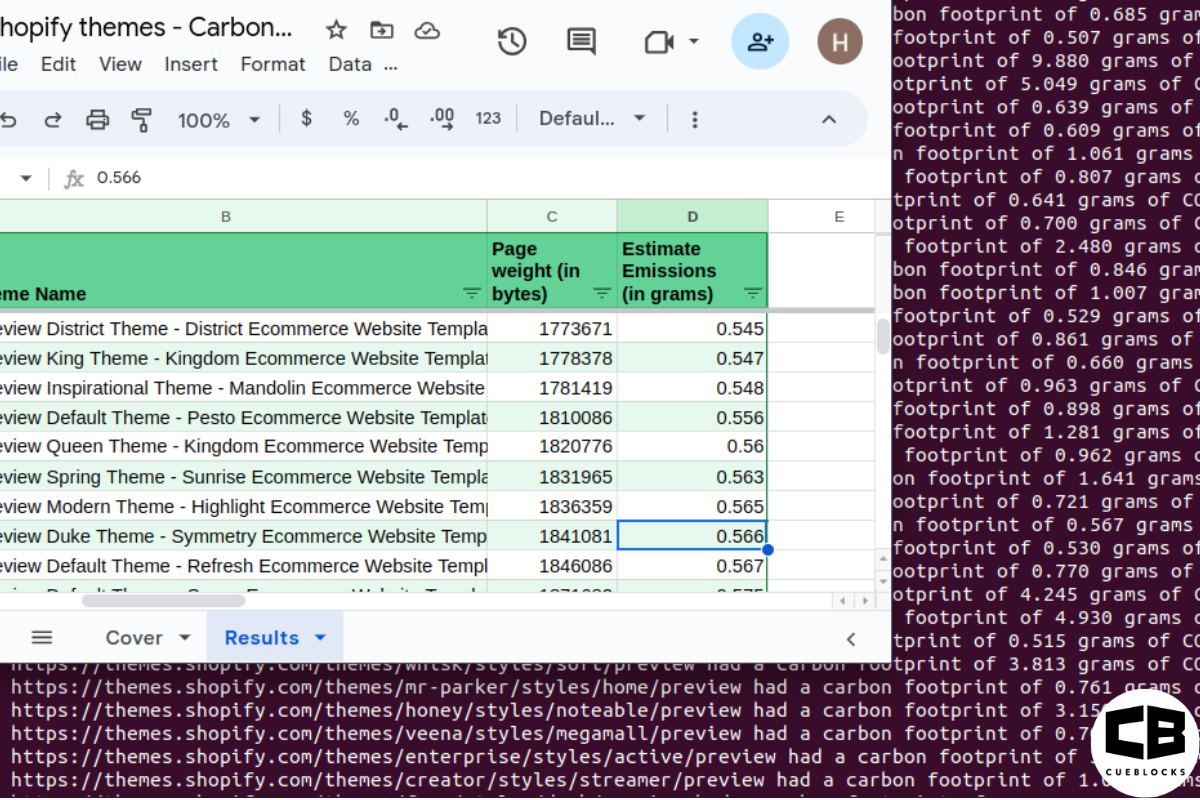
Transitioning to GA4 – First Steps to A Successful Journey
As website owners say goodbye to Universal Analytics, transitioning smoothly from Universal Analytics (UA) to Google Analytics 4 (GA4) is a crucial journey. This blog post will focus on some of the starting points of GA4 that can act as the stepping stone for a successful transition to GA4.
After setting up property creation and traffic/ecommerce measurement, it’s time to explore the realms of GA4 reporting and preliminary optimization features.
Accessing Standard Reports in GA4
The familiar reports from UA have similar versions in GA4 and are arranged in a similar way. To understand how to move around the GA4 interface, here’s a quick comparison:

This table lists where to find commonly used reports in GA4:
| UA Report Name | GA4 Report Name | Where to locate in GA4 |
| Acquisition channel report | Traffic Acquisition | Reports > Acquisition > Traffic Acquisition |
| Google Ads campaign report | Not present by default but we can create one | N/A |
| Ecommerce product performance report | Ecommerce Purchases | Reports > Monetization > Ecommerce Purchases |
| Top Events Report | Events | Reports > Engagement > Events |
In GA4, custom reports can be made to reflect important metrics and gain valuable audience insights.
Understanding Differences in Metrics
Comparing metrics like users, sessions, conversions, and revenue between UA and GA4 might show some differences, which is due to the different measurement and reporting identity used.
To make sure GA4 is measuring your conversions and goals as close to the real numbers as possible, you can check the implementation is done correctly.
Adapting to Changes in Account Structure
In UA, multiple views were allowed for a property, providing both a filtered and unfiltered view. The hierarchy in UA was: Account > Property > Views. But GA4 offers only two elements: Account and Property, without any Views under Property. Filters and optimizations are directly added to the Property in GA4.
Dealing with the Lack of Annotations
Right now, GA4 doesn’t support annotations, unlike UA. It’s possible that Google might add this in future updates. Until then, third-party tools can be used to add annotations, but they will require sharing data with them. Another option is to keep a simple spreadsheet recording any changes made to the site.
Connecting GA4 with BigQuery – a crucial step for better data
The next important step in transitioning to GA4 is linking it with BigQuery. It’s a good idea to set up a free BigQuery Sandbox account and link it with GA4. While BigQuery is a paid service for data analysis, the Sandbox is free to link with GA4 with some limitations.
The reason for recommending BigQuery is that GA4 can sometimes under-report conversions because of data sampling, cardinality, and data thresholds. BigQuery allows viewing of raw GA4 data without these limitations, which can provide more accurate conversion data. It’s free to link with BigQuery, which can be useful for reviewing raw GA4 data if any differences appear in the GA4 interface data.
Linking GA4 with BigQuery should be done as soon as possible because GA4 starts exporting data from the day of linkage, and it doesn’t include any past data. Filling in past data is possible, but it may come with charges.
Stay tuned for future discussions where advanced GA4 features will be explored, bringing you closer to fully understanding this new analytics tool.
- About the Author
- Latest Posts
I’m a part of CueBlock’s SEO team. I like traveling, reading, and experimenting with new ways in SEO to get the best results.
-
Evaluating the Carbon Emissions of Shopify Themes
by Harleen Sandhu
Committing to green claims as a business is a huge promise to deliver on. For ecommerce stores, Shopify is leading …
Continue reading “Evaluating the Carbon Emissions of Shopify Themes”
-
Dark Mode: Accessibility vs Sustainable Web Design
by BalbirIntroduction Dark mode, a feature that lets users switch the color scheme of an app or website to darker colors, …
Continue reading “Dark Mode: Accessibility vs Sustainable Web Design”
-
Discover Essential Sustainable Marketing Principles and Strategies for Ethical Business Growth
by Pancham Prashar
Given the major issues that our world is currently facing, such as pollution and climate change, sustainability becomes an inevitable …
-
Show, Don’t Tell: Demonstrating Transparency in Your eCommerce Store
by Pancham PrasharFor an eCommerce brand committed to good, success goes beyond creating excellent products; it extends to effectively communicating your values …
Continue reading “Show, Don’t Tell: Demonstrating Transparency in Your eCommerce Store”
-
How to Market Sustainable Products Effectively
by Nida Danish
In today’s market, sustainability has evolved from a passing trend to a pivotal consideration for both consumers and businesses. Globally, …
Continue reading “How to Market Sustainable Products Effectively”
-
Decoding B Corp Marketing Challenges: Strategies for Success
by Nida DanishToday, businesses place high importance on sustainability and ethical practices. For B2B and e-commerce leaders, being a certified B Corp. …
Continue reading “Decoding B Corp Marketing Challenges: Strategies for Success”




